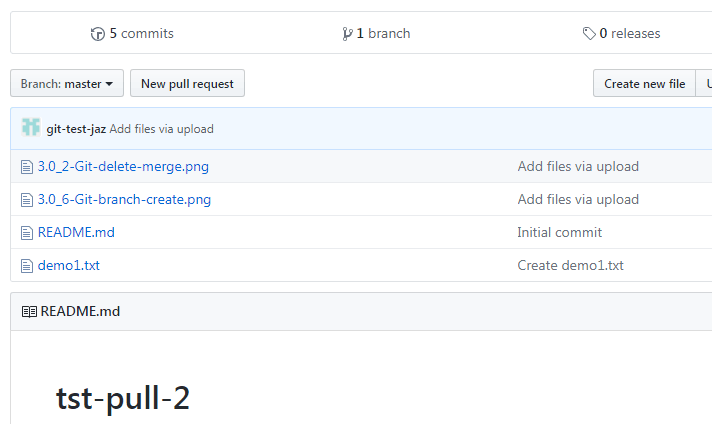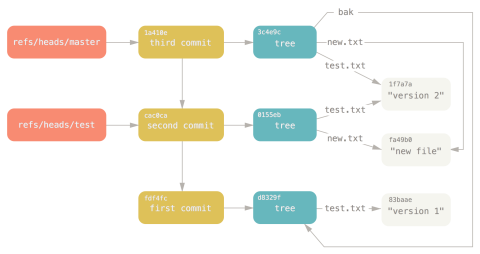
This means you can rewrite your own history, but not others history. When you are working locally and messing around with your local branches, you can do whatever you like as long as you haven't pushed the changes to the central repository. But as with any powerful tool, you basically need to know what you're doing or something might go really wrong. git rebase is a very powerful tool and enables you to squash commits together, remove commits etc. This is an important thing/concept in git that a lof of git users would benefit from knowing. I'm concerned that the message states feature -> feature rather than feature -> origin/feature but this may just be a presentation thing.Īm I missing something, or going about this in completely the wrong way? It's not critical to avoid doing the rebase on the remote server, but it makes fixing any merge conflicts from the rebase much harder. Git pull does the trick but causes a merge commit that I'd like to avoid. 'Note about fast-forwards' section of 'git push -help' for details. To prevent you from losing history, non-fast-forward updates were rejected However, this method causes Git to complain: To To keep the remote feature branch up-to-date with the remote master. I'd like to be able to do: git checkout master What I would like to do from here is to rebase the feature branch to the master branch on the remote, but I would like to do this from my local machine. I then re-setup the branch to track the remote: remote:Īnd all is well. I can successfully push my feature branch back to the remote, and end up with what I expect: remote: The intermediate repository has its master branch rebased nightly from the upstream SVN, and we are working on feature branches. Note that if you delete a remote branch "X" from the command line using git push then it will also remove the local remote-tracking branch "origin/X" so there is no need to prune the obsolete remote-tracking branch with git fetch –prune or git fetch –p.I am using an intermediate Git repository to mirror a remote SVN repository, from which people can clone and work on. To delete a particular local remote-tracking branch, you can use following command: A shorter version of the command is below: This will delete all the obsolete remote-tracking branches. git remote prune origin "deletes the refs to the branches that don't exist on the remote. Now, you need to delete the local references too.
GIT PULL REMOTE BRANCH AND REBASE CODE
If you have deleted a remote branch using the command git push origin :, its references still exist in local code repo of your team members. It means it exists on our local machine cache but not on the remote repository. These are local branches that have a direct association with a remote branch. When we check out a local branch from a remote branch, it automatically creates what is called a tracking branch.
GIT PULL REMOTE BRANCH AND REBASE HOW TO
What are tracking branches and how to delete them It will also remove the branch forcibly even if there are unmerged changes in the branch. Here is the command to delete branch locally: Please note that deleting a branch locally will not delete the remote branch. Your code repository should be neat, tidy, and easy to navigate. You should perform periodic cleanup of the branches where you would either remove the old branches or you would merge them into the master. You need to ensure that your Git repository is not a mess of outdated and old branches that are not being worked on anymore.

How to automatically delete a branch when it is merge back into master.I deleted a branch by mistake, can I recover it?.How to delete a branch on Github using web console.

What are tracking branches and how to delete them.Deleting a git branch with unmerged changes.Let's start with the need to delete a branch.

We will also go through some common errors while deleting a branch.įor this article, we assume you have installed GIT, and you have the access rights to delete a branch. We will show you how to delete local and remote branches on GitHub. Today we will discuss various scenarios related to branch deletion. During the cleanup, these branches should be cleaned up too.


 0 kommentar(er)
0 kommentar(er)
